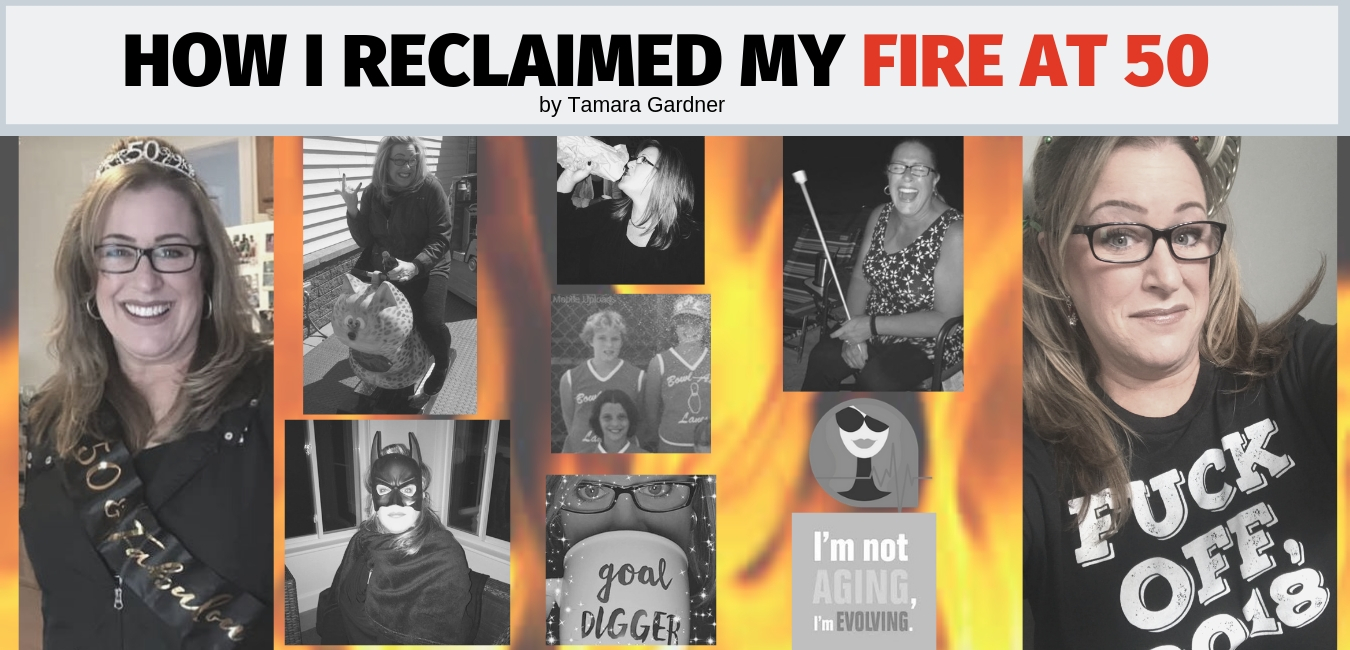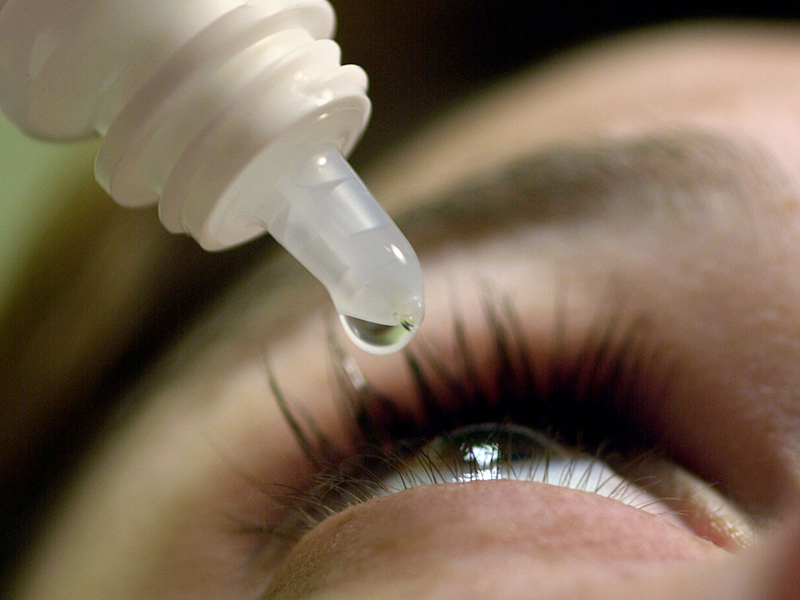Apologies that this week’s Food Friday isn’t going up until Saturday, but Owen asked for us to drive straight through Thursday on the way home from picking him up from his freshman year at school, and what should have been about a 13 – 14 hour trip turned into a 17-hour odyssey (I drove all of it) and us not pulling into the driveway until nearly 1 a.m. on Friday. As a result, what I was hoping to write when I got home Thursday night had to wait through a Friday consumed by unpacking, returning the rental mini-van, catching up with mom & dad, and the long-awaited family viewing of Avengers End Game.
Now, at 10 p.m. on Friday, I can finally gather my thoughts and start waxing poetic about my week in food. I love cooking at home, but when I’m on a vacation like this, I like to lay down my chef’s knife to explore local restaurants. So when we were down in the mountains of western North Carolina (with a stop-over in Winchester, VA) this past week, I took every opportunity I could to check out some new spots, from coffee to breakfast to lunch to dinner and there was a treat at every turn, even if I was left wishing for 6 stomachs and another week’s worth of time – there’s just never enough.
Coffee
It seems that in just about every place I’ve been, good coffee isn’t hard to come by anymore; and, with apologies to all the Dunkin fans out there, I don’t mean Dunkin. I’m not bashing them. I just prefer foods and beverages that aren’t mass-produced and homogenized into repeatable, predictable submission, but I recognize that some people like to know exactly what they’re getting. Every time.
For coffee lovers on the road – actually for all food and beverage lovers – Yelp, in my opinion, is the best invention ever. It’s like word of mouth times a thousand, and it has never steered me wrong. On this trip, it was 3 at-bats, and a 1.000 average: Steamy’s in Winchester, Dynamite Coffee Roasters in Black Mountain, NC and The Beehive in Arden, NC. I should probably be more scientific about my coffee excursions than I am, but I’m not on a quest for the best coffee in the country, just a place that gives me some meaningful choices as far as origin, type of processing, roast, sourcing standards, etc. When I say “scientific,” I mean maybe only ordering a pour-over every place I go, or the same type of bean, but that second one is way too variable and would come down to a meaningless comparison of apples (Macoun) to apples (Delicious), and would definitely alienate way too many baristas and patrons waiting in line behind me, which I’m just not that into. So I’m perfectly happy to roll with a nice, simple, unadorned black cup of the brew of the day, and enjoying the amazing variety in fruitiness, earthiness, acidity, etc, of a wonderful range of options. Steamy’s also makes a great bagel (in-house); Dynamite has a can’t-go-wrong featured brew of the day and yummy scones, and The Beehive makes a mean cold-brew.
Breakfast
When you only have a few days someplace with a lot of other attractions (such as, um, some of the most beautiful mountains in the country, and one of the most scenic roads ever built to get you to them), unfortunately, carving out the time to check out different breakfast spots each day may not be realistic. As much of a morning person as I am, alas, a sit-down breakfast every day just wasn’t in the cards. I’m thrilled to report, though, that the one place we did indulge ourselves with was so wonderful that I might not be able to venture anywhere else the next time I’m in Black Mountain. That spot was Louise’s Kitchen. I’m usually more of a savory-breakfast person than sweet, but this time I went for broke with the blueberry waffle and it was excellent – perfectly crispy on the outside and light and fluffy on the inside, and the locally made sausage patty that was one of the side options was unique and delicious. Washed it all down with a “mega-mosa” (because what’s better preparation for a 90-minute drive and sometimes chest-clutching hike to a waterfall?)
Barbecue & Smokehouse
No shortage of either one of these things in and around Asheville, that’s for damn sure. The two we got to experience on this visit were Luella’s BBQ in North Asheville (melt-in-your-mouth brisket, baby; plus hush puppies and collard greens – braised southern-style with that nice, vinegary bite – I was one happy camper!!) and, on our last night in Black Mountain, Foothills Butcher Bar, where I had one of the best pork chops of my life (it was the blue plate special). These guys source everything locally – they know the farmers who raise their meats, and they run their own butcher shop and smokehouse, where they also produce their own cold cuts. My dad is a huge bologna fan, so I snagged a pound and can’t wait to give it a try when I bring it to him tomorrow (because I forgot it in the fridge when I went over to see them this morning). They also made a version of poutine that was incredible – fries done in beef tallow with the obligatory cheese curds melted on top (from locally made cheese, of course!), topped with their own not-to-be-sneezed at “pulled beef” with a beef demi-glace in place of the usual gravy, some sriracha aioli, and, to break through all that richness, pickled red onions and a nice sprinkle of fresh cilantro.
Other Notables
We kicked off our trip on, of all days, Cinco de Mayo, so I think we were all kinda leaning toward margaritas and Mexican food (if we could find a good spot at our stop-over in Winchester, VA). Turns out that we’d just missed the fracas that is the Shenandoah Apple Blossom Festival in town this past weekend, and many of the locally-owned establishments were plumb tuckered-out from the Shenandoah-shenanigans of the thousands of visitors that had overwhelmed them from Friday night through Sunday morning. Thankfully, there was a good Mexican option that picked itself up, dusted itself off, and carried on gallantly, in the rain. And, as it turned out, El Centro in Old Town Winchester makes some pretty mean carnitas, and a decent top-shelf margarita. I’m as picky as they come when it comes to carnitas, to which I was introduced on a visit to southern CA many years ago, by friends who ventured over the border into Mexico fairly regularly, and were capable of finding a truly authentic Mexican restaurant inside of hours of arriving in any unfamiliar city. Those first carnitas were memorable – soft, juicy, just a little fatty, and crispy all at the same time, perfectly seasoned, though I had no idea at the time with what – I just knew that dish would more or less haunt me for years – I never could find anything that came close to it anywhere (even on many visits to Mexico!!). Then, a few years ago, I came across a recipe for it in the New York Times and decided to give it a go. The result was so close to that first taste that it was nearly a religious experience. That doesn’t stop me from trying them at restaurants that offer them though, because, well, you just never know. And this time, while they weren’t quite the originals (or the NY Times version), they were pretty great – they didn’t go all the way to crispy, but they were tasty and clearly the result of the long cooking process and absorption of spices that makes the best carnitas.
Also, as if the Universe were actually paying attention to stuff I write about, I finally got to try a spot on Tuesday night in Asheville that’s been on my list for a while – The Blackbird Restaurant, and what did they have on their menu that night? Roasted marrow. It. Was. Heavenly.
Our post-waterfall hike lunch was at HomeGrown in Asheville (we went to the one on Merrimon Ave.), which bills itself as “Slow Food Right Quick.” That’s exactly what they do, and they do it spectacularly. They balance a lot of challenging variables: practically everything locally sourced; soul/southern food; simultaneously vegan- and omnivore-friendly. The result could be disastrous, but it’s far from it, and I pretty much inhaled a scrumptious buttermilk fried chicken sandwich with incredibly fresh lettuce, pickled onions, sprouts, and horseradish honey-mustard, set off with a side of sautéed ginger-spiked, sesame greens (kale) unlike any I’ve ever had, and I’m a greens-lover. Tim had their cheesy grits as a side to his “Redneck Cuban.” I could have married those grits, or at least slept with them. O.M.G.
Finally, helping to make the 17-hour trip home at least not THE worst travel experience of my life, we found our way to Metro Diner in Middletown, DE sometime around 7:30 Thursday night, after close to 12 hours on the road, and one speeding ticket. One of their specials was a homemade turkey pot pie, which was almost perfect (including the crust, my only criticism for which was that I wished there were more of it). It helped me keep it together for the 4 ½ hours of driving (and crawling through construction within the last hour of the trip) that still faced me. This was the one “chain” I succumbed to (besides the quick in/out fast food stops for breakfast on the way down and lunch on the way back), and it was really OK. Or at least my pot pie was.
Through all of it, we didn’t have even one bad server. Here’s to all of them, and the chefs, and roasters, and everyone else who makes and serves, and cleans up after the food and drinks that speak the deeper language and culture of a place, and make the travel experience that much richer.
Happy Food Friday!!











